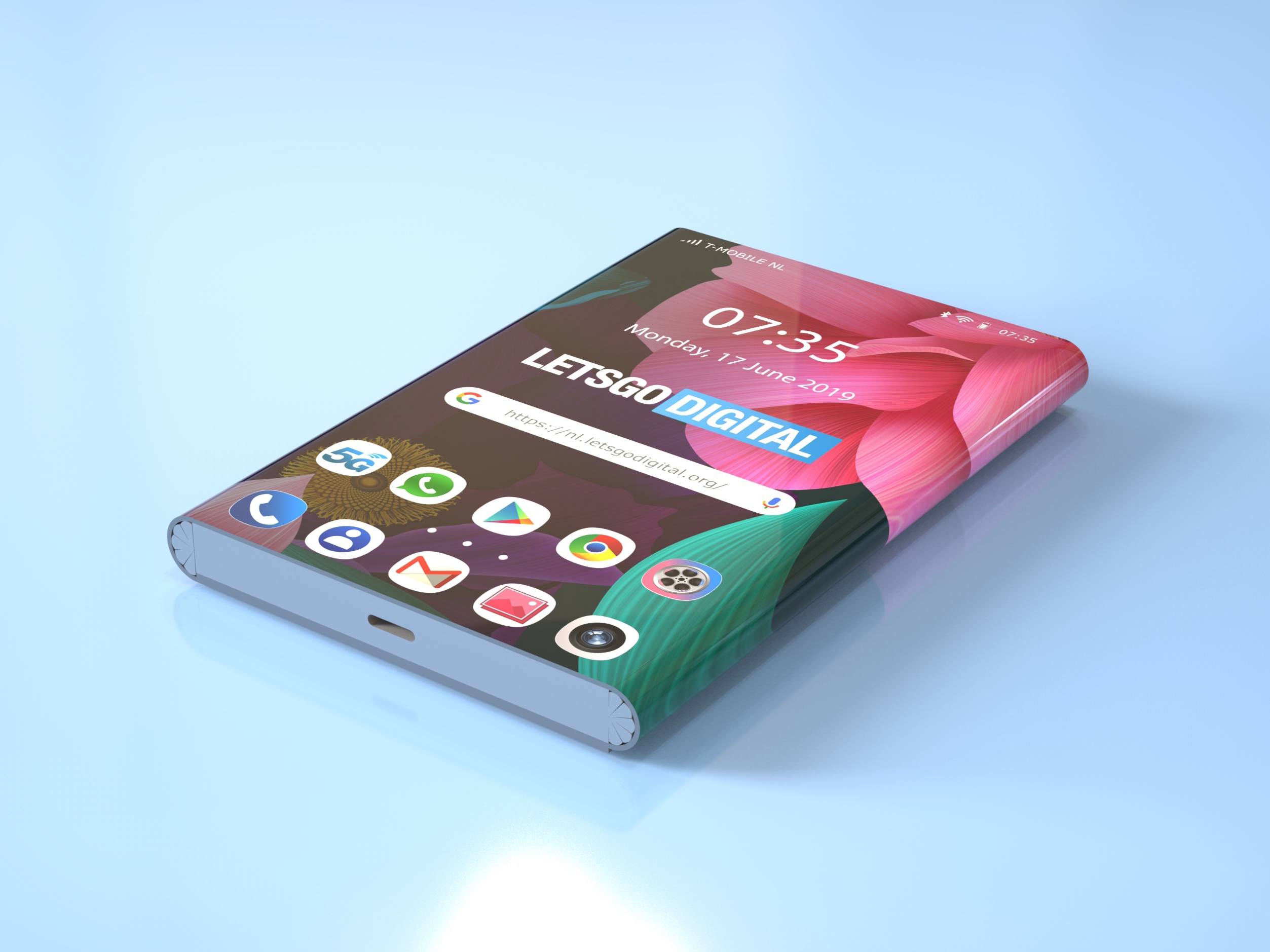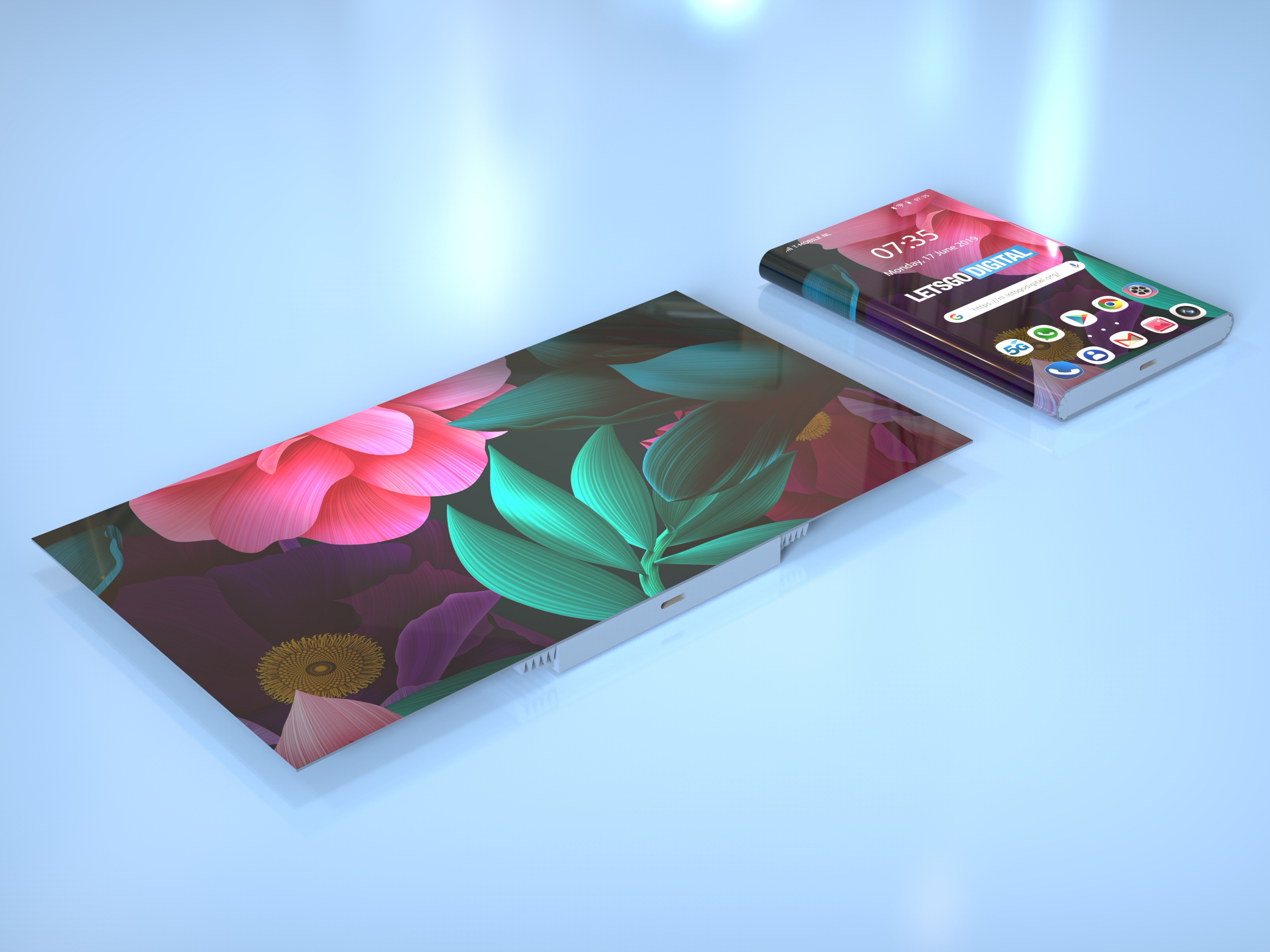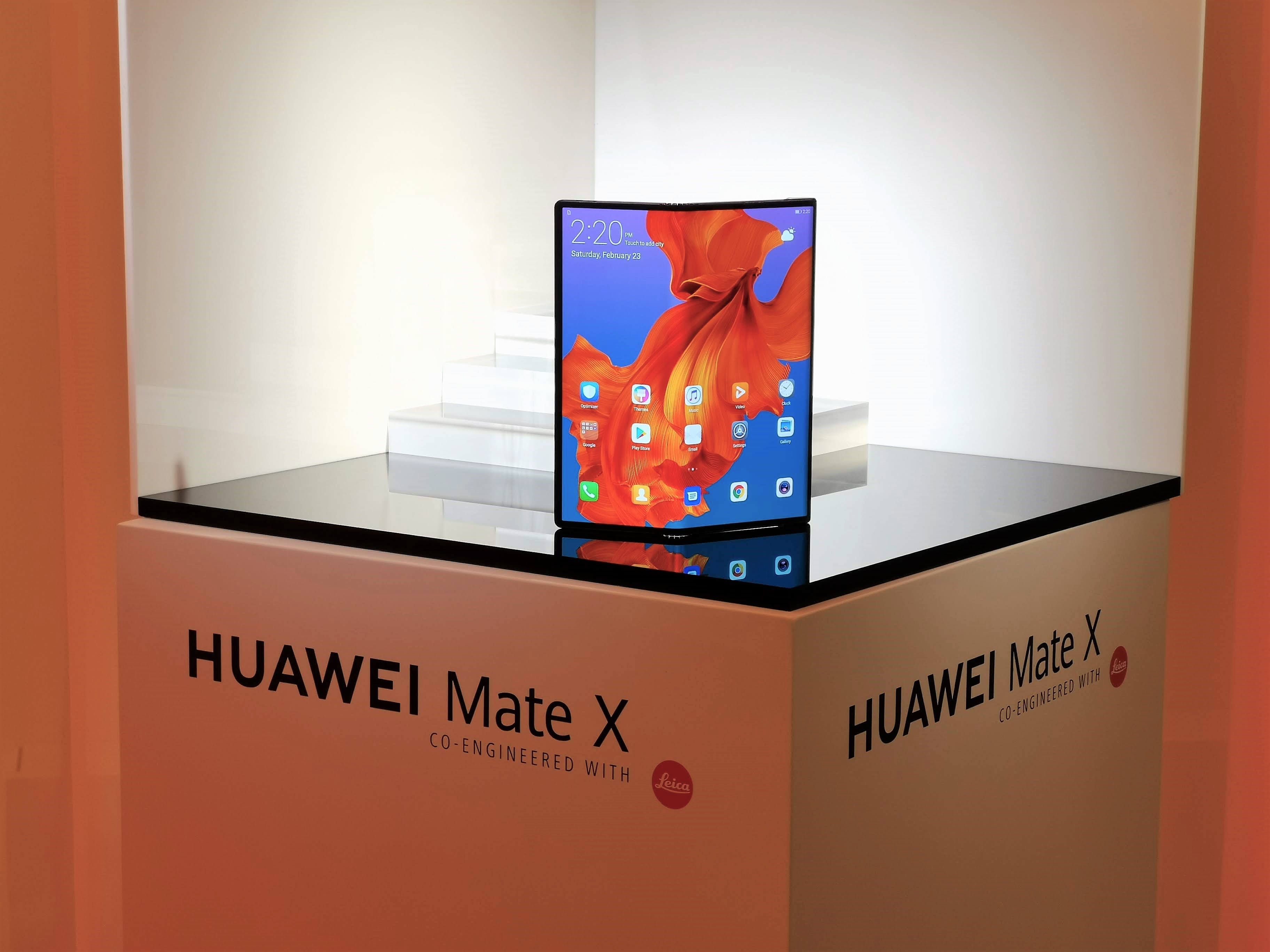The company’s Mate X isn’t yet on sale, but Huawei’s got more ideas for future foldable smartphones, with a newly discovered patent application (dated May 2019) discovered at the World Intellectual Property Organisation.
The application shows a phone with a traditional (although let’s call it chunky) form factor and a hinge on either side that allows the screen to unfold into a wide display. That opens up a few different configurations (one open, one closed, etc).

There’s some tame and some wild options here.
First up, there’s three physical designs shown here with differing amounts of bezel – some top, some bottom… And none.
Given manufacturers are putting cameras behind screens now (or having them pop up from the body), the last one is probably the most desirable form – and the most difficult to pull off.

The use most likely to resonate with consumers is unfolding both sides of the screen to get a wide display – the patent application shows a screen that looks almost 16:9, but we’re not entirely sure that physics agrees that’s possible – which would be ideal for watching movies and tv on the go. You could also run a couple of apps side-by-side.
Things get a little more out there when you start considering unfolding one edge and propping the device upright on the other. We’re not so sure facing a screen down on whatever surface for an extended period is such a great idea.
Another option shows the hinge unfolding past 180° and the unfolded screen standing up from the main face of the phone. This one’s interesting, as it gives you the possibility of using the phone as if it has two full size phone displays – you could put a full-screen keyboard or game controller on the main body of the phone.

It’s worth remembering that patent applications are really just ideas and concepts. This doesn’t mean Huawei is producing a double-hinged foldable phone, although the possibilities are certainly interesting. It’s early days yet for foldable display technology, and it’s good to know that companies are thinking about more than just unfold-for-tablet.
Let’s Go Digital produced the renders used here, showing how the hardware might look based on the details in the patent. They’re very pretty (and you should go check out the rest of them at their website) but remember they’re not an actual product.




